The aircraft for today is the one that was originally designed and built to be a training biplane aircraft but was later used for multiple-purpose in the military. The name of this aircraft is Polikarpov Po-2 Mule which served the Soviet Union Air Forces well during World War II. The aircraft was nicknamed by Soviets in a word which translates to Crop Duster while it’s NATO reporting name was Mule.
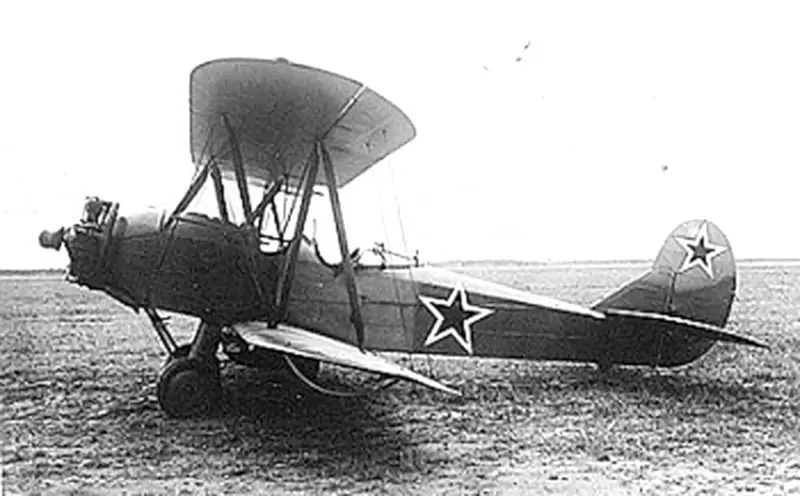
The Polikarpov Po-2 Mule had an ideal design which allowed it to be an exceptional training aircraft as well as to be used as the low-cost aircraft for the following roles.
- Ground attacks
- Aerial reconnaissance
- Psychological warfare
- Liaison aircraft
The Polikarpov Po-2 Mule proved to be of exceptional service which allowed it to be hailed as one of the most versatile combat aircraft to be ever built for the Soviet Union. The aircraft remained operational well until 1978 which made it to be among the longest operational aircraft of the Soviet Union.
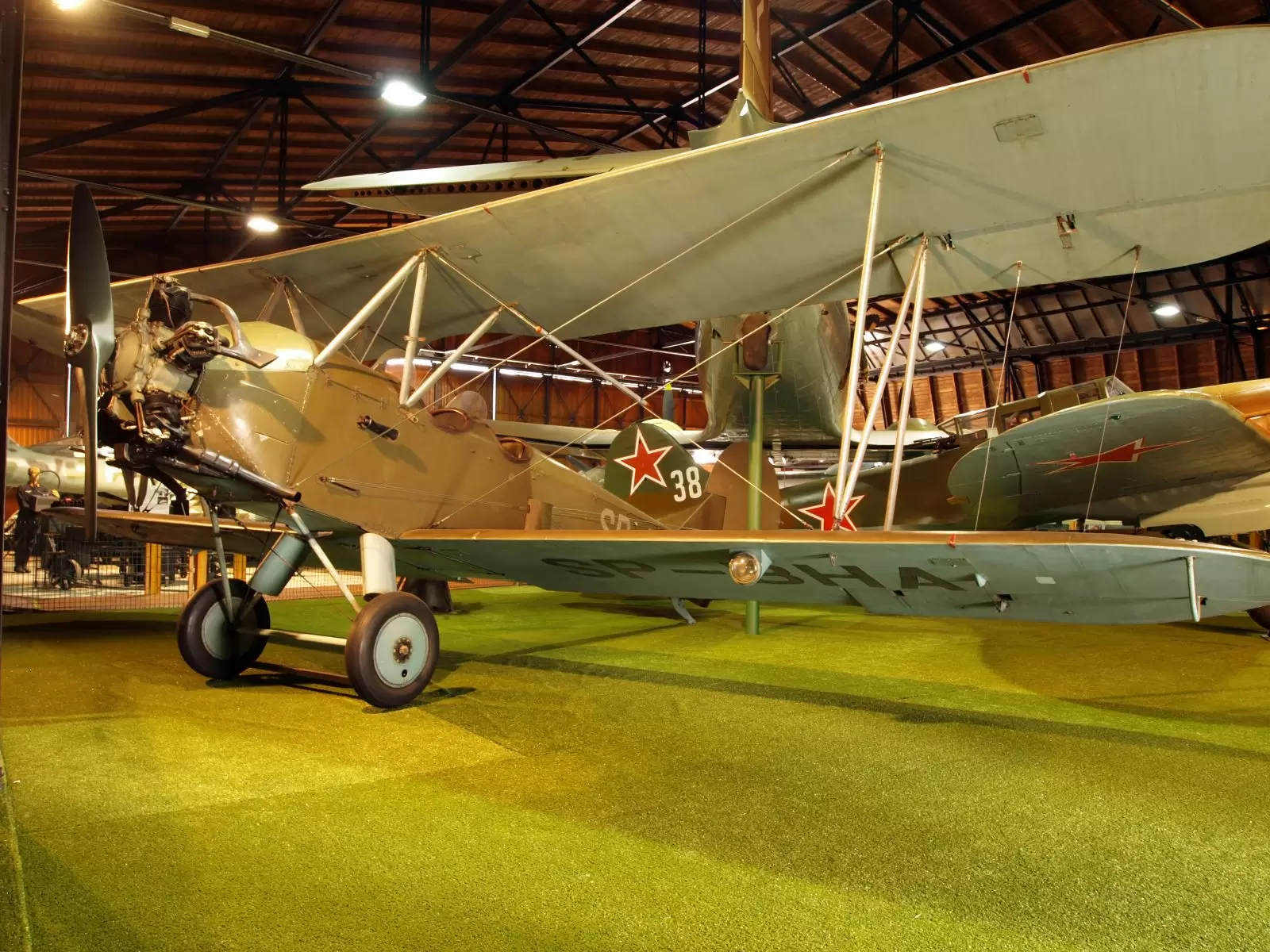
The Polikarpov Po-2 Mule also holds the title of being among the most produced aircraft as the number of its serial production reaches 30000 aircraft from 1928 to 1959.
Designing and Development of Polikarpov Po-2 Mule:-
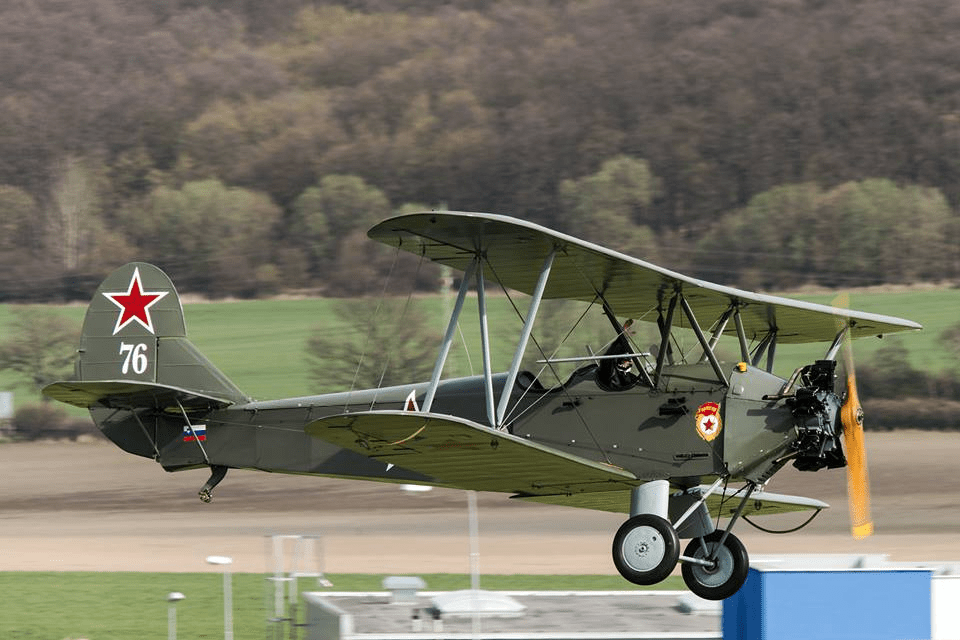
The man behind the design of the Polikarpov Po-2 Mule was a Soviet Aeronautical engineer named Nikolai Polikarpov who designed this aircraft for replacing the previous U-1 trainer aircraft which was known by the Soviets as Avrushka.
The Polikarpov Po-2 Mule’s prototype was designated as U-2 which took its first flight back on January 7th, 1928 and the pilot flying it was M.M. Gromov. The serial production of the U-2 was started back in 1929 in a factory located in Leningrad. The name of the aircraft was changed from U-2 to Po-2 following the death of its creator. This was done as per the new standard of naming the aircraft i.e. to use the first 2 alphabets of the family name of the designer or the one that was assigned by the Soviet Design Bureau that created the aircraft. While the Soviet production of Polikarpov Po-2 Mule was halted in 1953, the aircraft was still produced until 1959 in Poland under the designation CSS-13.
Dimensions, Powerplant, and Performance:-

The overall length of the Polikarpov Po-2 Mule was about 26.9 feet with a wingspan reaching 37.4 feet and the height to be about 10.1 feet. The aircraft would weigh about 1700lbs when it was empty whereas the MTOW (Maximum Take-Off Weight) of the Polikarpov Po-2 Mule was about 3000 lbs which were used to fit the aircraft with mission-specific armaments and ordnance.
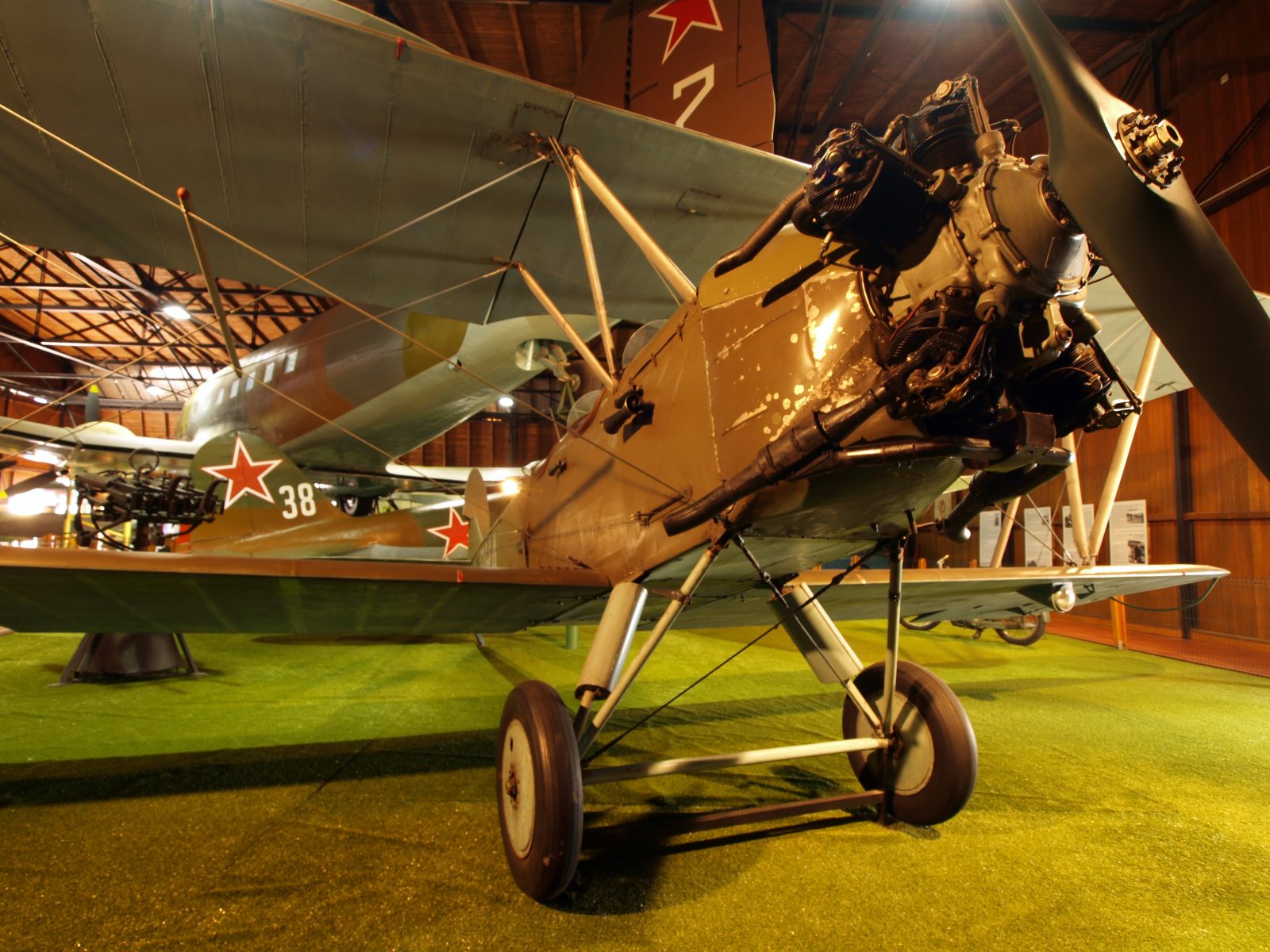
For the power, the aircraft was fitted with a single 5-cylinder Shvetsov M-11D series air-cooled radial piston engine. This engine produced about 125 HP which was used for its propeller to allow the aircraft to have a top speed of about 95mph for a range of 400 miles. As for the service ceiling of the aircraft, it was about 10000 feet with the rate-of-climb being 545 ft/min.
Armaments:-

Following the invasion of the German forces in the Soviet Union, the Polikarpov Po-2 Mule was modified to be an attack fighter biplane as well as a light bomber. For this, the aircraft was equipped to carry and drop 6 of the 110lbs each drop bombs. For its ground attack missions, the Polikarpov Po-2 Mule had its rear cockpit fitted with a single Soviet machine gun of 7.62mm caliber for self-defense purposes.
Service with USSR:-

From the very start, the Polikarpov Po-2 Mule was welcomed by the Soviet Forces as a trainer aircraft and was mostly sued during its early days as the military liaison and transport aircraft because of its STOL ability. The Polikarpov Po-2 Mule also went on to serve the Soviets primarily for following roles doing World War II.
- Liaison aircraft
- MEDEVAC
- General supply aircraft
The aircraft was renowned in the Soviet military for its supply of the members of Soviet Partisans behind the front line of Germans.
Reconnaissance and Light Bomber roles:-
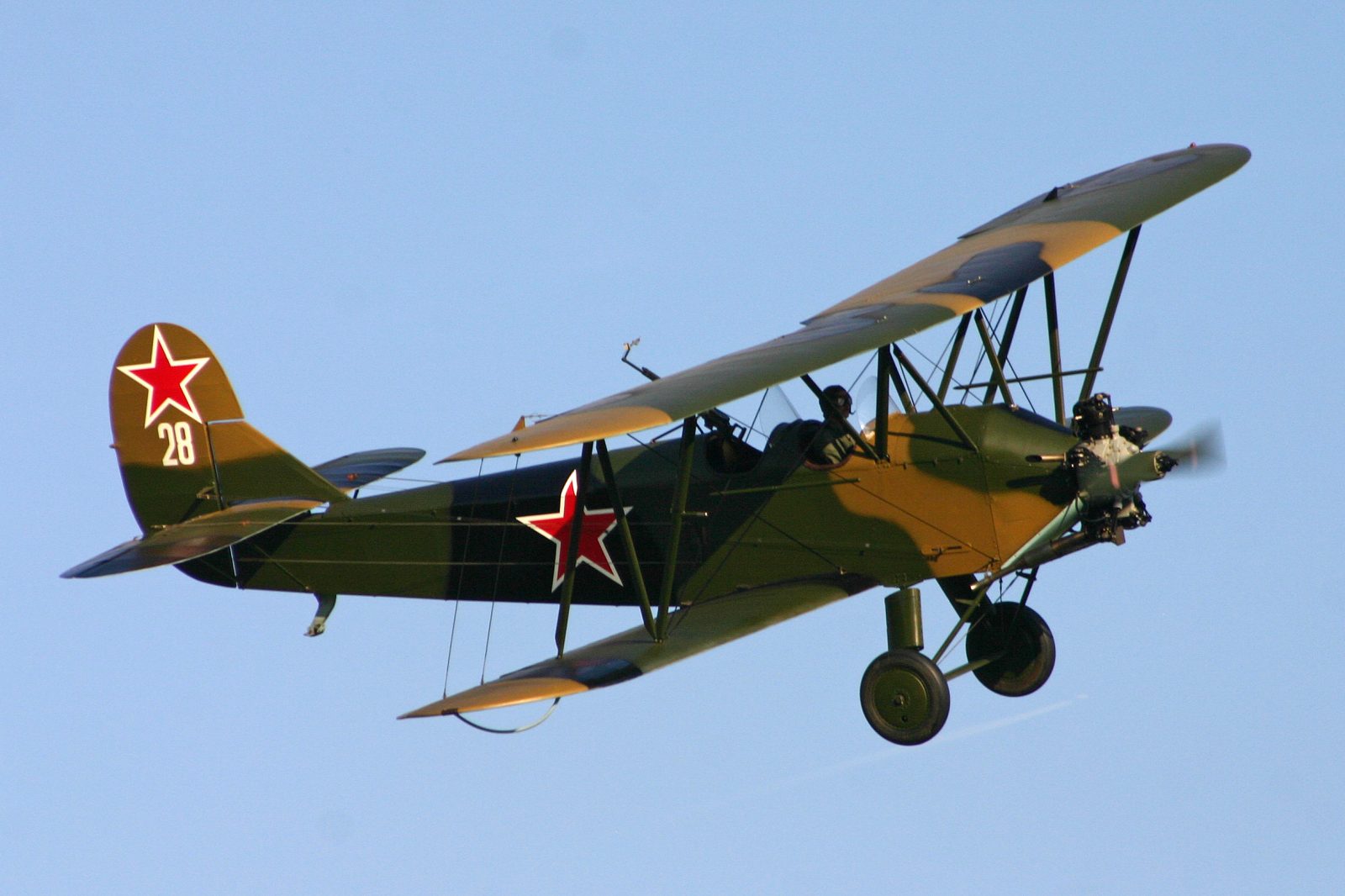
Back in September of 1941, the Defence of Odessa was happening and the Polikarpov Po-2 Mule was used for roles like a reconnaissance aircraft and the light bomber. A civil pilot was the first one to fly such a light bomber Polikarpov Po-2 Mule and dropped bombs on the enemy’s artillery positions. In 1942, the role of the Polikarpov Po-2 Mule was changed to that of a light nighttime ground attack biplane.
Nicknamed as “Sewing machine” and “Nerve Saw”:-
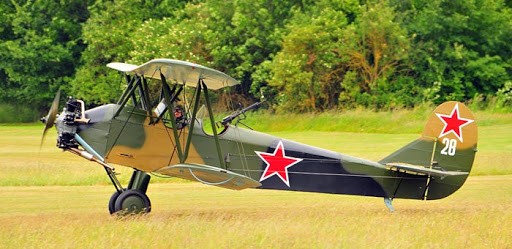
Wehrmacht, the unified forces of the Nazi military, nicknamed the Polikarpov Po-2 Mule as “Sewing machine” for the rattling sound the aircraft made while the Finnish army named it as “Nerve Saw” as the aircraft was flown by Soviets at low altitudes for nocturnal missions. During these missions, the Polikarpov Po-2 Mule made a peculiar sound that earned it the name Nerve Saw because of the sound being nerve-wracking.
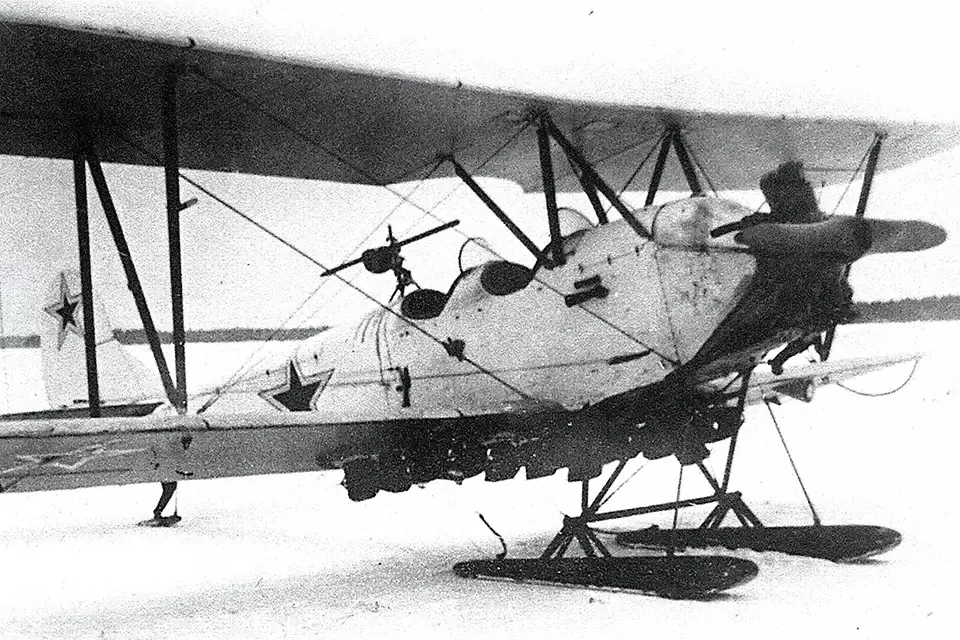
The German troops, although suffered minor losses from the Polikarpov Po-2 Mule, the psychological effect was evident on them. The aircraft would attack in the middle of the night in a complete surprise and make the Germans wake up from their deep slumbers and keeping them up on their toes for the rest of the night. This added with the stress of the war on the Eastern Front took quite a toll on the minds of German troops.
588th Night Bomber Regiment; an All-Woman Regiment:-

The Polikarpov Po-2 Mule is also renowned for being used by the all-woman pilot and crew regiment; the 588th Night Bomber Regiment. This unit was known for its low-altitude nighttime raids on the rear positions of Germans. The aces of this unit were pilots named Nadezhda Popova and Yekaterina Ryabova, who on one occasion made 18 flight missions in one night. These pilots earned the nickname themselves as “Night Witches”; all because of being females.
Named as Bedcheck Charlie by UN Forces:-
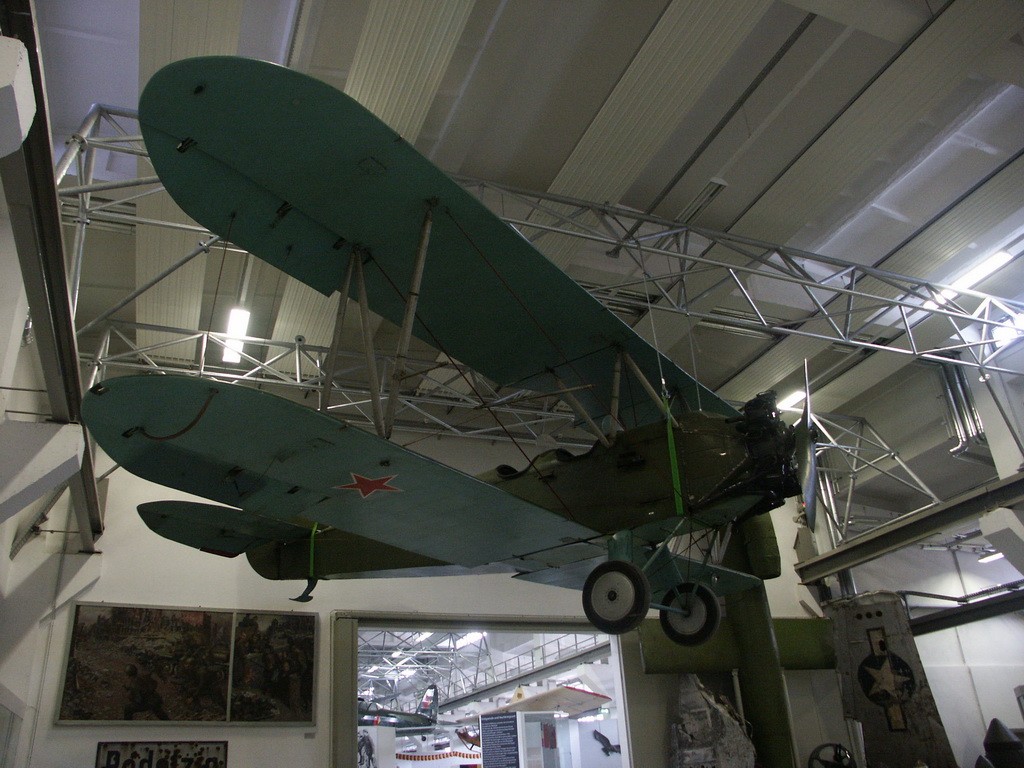
The construct of the Polikarpov Po-2 Mule was mostly made of the wood and fabric which allowed for the aircraft to have a small radar cross-section to make it quite hard for the enemy to target it on the radar. This proved to be quite a nuisance for the UN Forces back in 1950 to shoot it down. The aircraft during its nighttime missions from Soviets was hard to detect by the UN Forces’ night fighters which even had a radar system on them. This led to the aircraft earning another nickname from its enemies, “Bedcheck Charlie”.
In fact, the Polikarpov Po-2 Mule is the only known biplane in the history to have shot down a jet aircraft, a Lockheed F-94 Starfire.
Related Content
de Havilland Canada DHC-2 Beaver: Civilian STOL (Short Take-Off landing) Utility Transport Aircraft
Supermarine Seafire; British Royal Navy’s Carrier-based Fighter Aircraft





